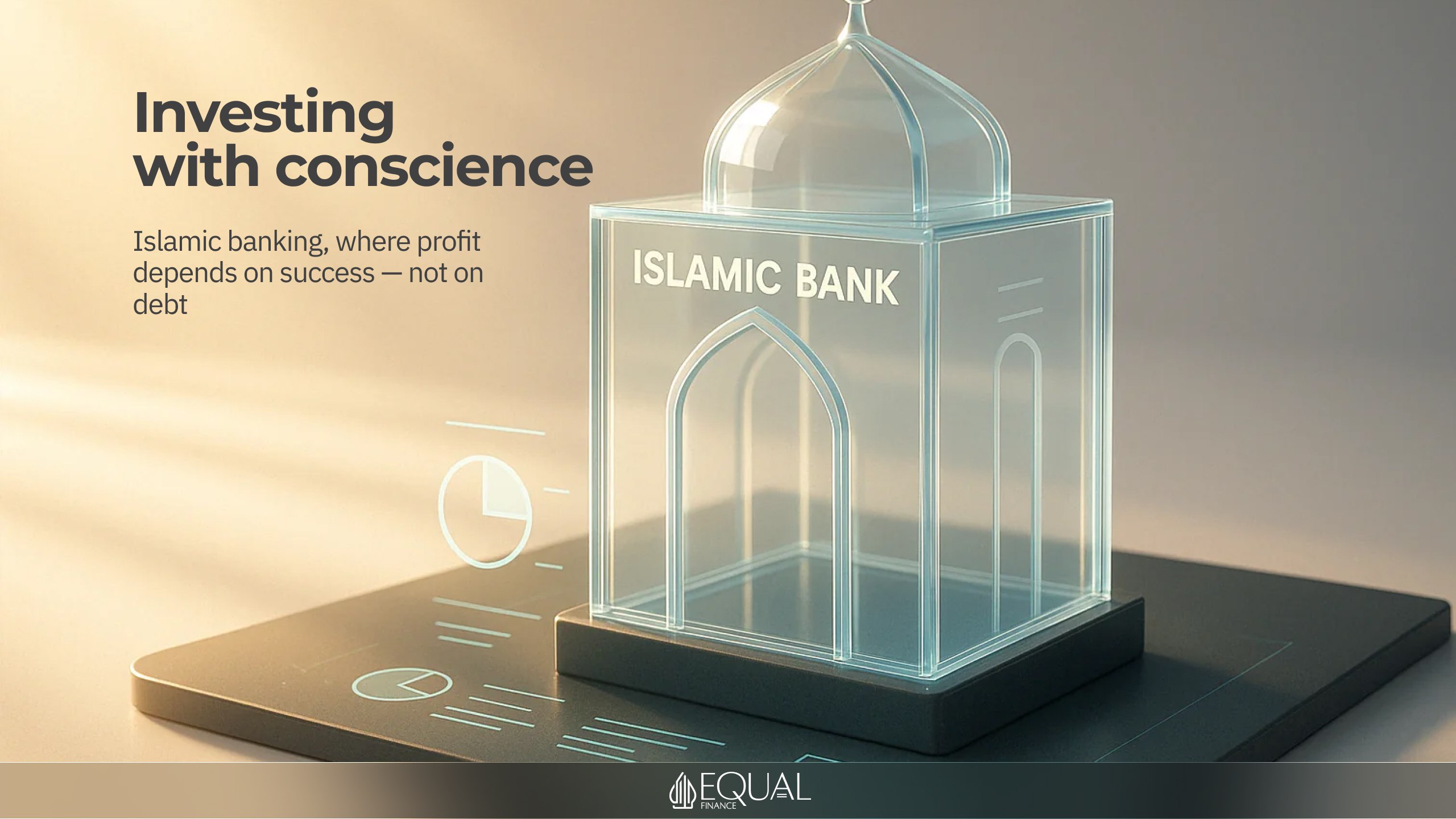Islamic banking is a philosophy rooted in fairness, ethics, and partnership. By banning riba (interest), it focuses on the real economy, sharing profits and losses among stakeholders. This model captivates not just Muslim-majority nations but the world, offering stability amid economic storms. Ernst & Young’s 2024 report pegs Islamic financial assets above $4 trillion, with 10-12% yearly growth. How does fair profit sharing drive this rise, and what lies ahead?
Principles of Islamic Banking
Islamic banking hinges on Sharia. Core principles include:
- No Riba: Money doesn’t earn money alone. Banks share profits from real projects.
- Profit and Loss Sharing (PLS): Mudarabah and musharakah distribute risks, rewards.
- Real Economy: Financing ties to assets or services, no speculation.
- Ethics: No investments in haram—alcohol, tobacco, gambling.
- Transparency: Contracts are clear, fair.
These cast banks as partners, not lenders, boosting resilience. In 2008, Islamic banks dodged losses from toxic assets.
Mechanism of Fair Profit Distribution
Fair profit and loss sharing (PLS) is the heart. Conventional banks demand interest despite project failures, risking debt traps. Islamic banks invest, earning only on success. In mudarabah, a bank funds, an entrepreneur works; profits split, say, 60:40, but losses hit capital or effort. Musharakah means co-ownership: in real estate, bank and client share rental or sale proceeds. This supports small businesses, reduces risks.
Examples of PLS Application
PLS builds trust. A Malaysian farmer under mudarabah shares crop profits but isn’t crushed by drought debt. A Dubai startup via musharakah gains a bank as partner, not creditor. This spurs innovation, inclusivity, appealing to those avoiding loans for faith or ethics. Real asset ties shield against bubbles, as seen in past crises.
Factors Driving Sector Growth
The sector’s growth spans the Middle East, Southeast Asia, North Africa, with rising interest in the UK, Singapore, Luxembourg. Growth drivers are:
- Demographics: Muslims will hit 25% globally by 2030, fueling Sharia demand.
- Resilience: Islamic banks fared better in 2008, shunning speculation.
- Tech: Blockchain, Ethereum smart contracts streamline mudarabah, murabahah.
- Global Appeal: Non-Muslims value ethics.
- Government Backing: Malaysia, UAE, Qatar build frameworks.
Malaysia leads, with Islamic finance at 35% of its banking sector in 2024. Saudi Arabia, Qatar fund infrastructure via sukuk, like the $500 billion NEOM city. London issued £500 million sukuk for green projects, like energy-efficient buildings, renewables.
Advantages and Challenges
The sector’s strengths and hurdles are clear.
Benefits:
- Justice: PLS cuts inequality, offering capital sans debt.
- Stability: Real economy ties dodge bubbles.
- Ethics: No haram aligns with ESG investors.
- Inclusivity: Open to those shunning conventional banks.
Challenges:
- Regulations: Non-Muslim countries lack frameworks.
- Awareness: Mudarabah is mistaken for loans.
- Competition: Conventional banks are flexible.
- PLS Risks: Loss-sharing deters fixed-income fans.
The future hinges on innovation. AI refines risk analysis, vetting projects from Qatar startups to Pakistani co-ops. Blockchain saves costs: a 2024 Bahraini platform cut sukuk times by 40%. Sharia microfinance grows in Africa, Asia: Bangladeshi seamstresses use mudarabah, Kenyan farmers fund irrigation. These fight poverty, build markets.
Sustainability boosts Islamic finance. Sukuk fund green projects: Indonesia raised $1 billion for wind farms, UAE $600 million for solar. Banks adopt ESG metrics, eyeing social, environmental impact. A Qatari fund backs African clean water, blending Sharia with humanitarian aims, drawing purpose-driven investors.
Social impact drives growth. Nigerian beekeeping via mudarabah creates jobs, export potential. Egyptian women’s co-ops, funded by musharakah, supply global textile markets. A 2024 UAE bank gave Sharia grants to refugees for training, catching global fund eyes.
Competition persists, but Islamic banks differentiate. Turkish Sharia crowdfunding platforms let small businesses raise funds directly, boosting transparency, loyalty. Pakistan’s banks teach youth mudarabah, musharakah via apps, building a new client base.
Standardization Issues
Standardization lags. Sharia interpretations vary, slowing cross-border deals. AAOIFI pushes standards, but progress is slow. Education is key: non-Muslim regions misunderstand the system. X campaigns help—#IslamicFinance hit millions in 2024. Conventional banks’ “Islamic windows” blur lines.
Impact of Other Factors
Education is critical. Banks partner with universities: London School of Economics launched an Islamic banking course, drawing Europe, Asia. Malaysian banks fund school programs, teaching kids mudarabah via games, seeding future clients, experts.
Regulatory hurdles loom. In the US, Australia, Sharia products face legal gaps. Canada taxes musharakah as double deals. Global standards could ease integration, with UAE, Malaysia advising Western regulators.
Tech pivots. Smart contracts cut deal costs. Malaysian platforms track PLS live, building trust. Fintechs like Bangladesh’s Salaam offer murabahah apps, easing youth access, tying Sharia to the digital age.
Islamic banking shows partnership, transparency drive economies. It’s universal fairness, not just religious. From African microloans to London sukuk, it reshapes finance, promising equity, stability.


